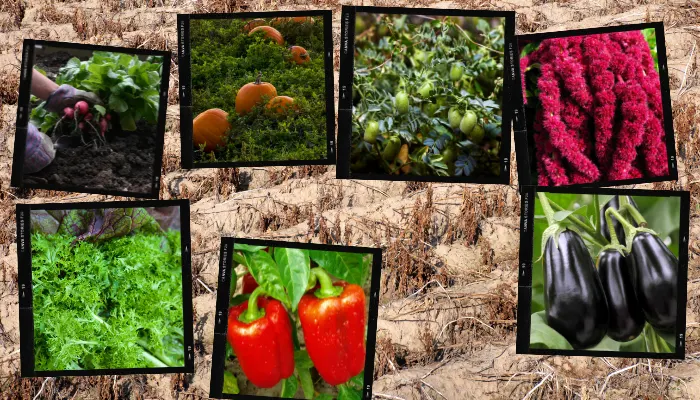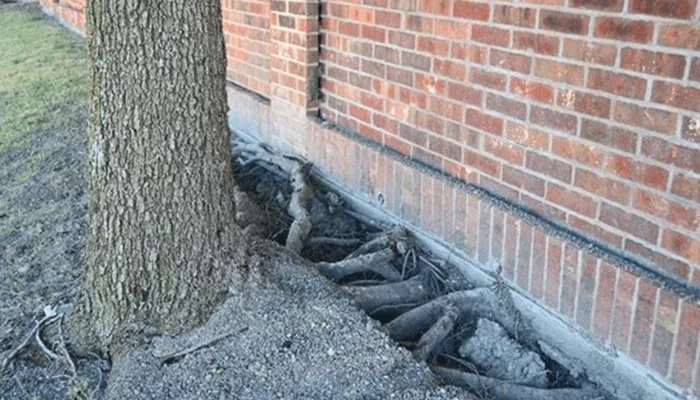Why do some fail to grow a good crop of gourds? Of course, there could be any number of reasons, from soil to climate. But here are the top five to help you get those gourds growing.
1. Starting your gourds too late in the growing season.
Be sure when choosing the type of gourd you want to grow that you look at the length of time it takes to reach maturity and the suggested time you should plant them for your region.
This is especially important for northern regions that have short growing seasons.
2. Using fertilizer with too high of a nitrogen content.
Nitrogen is great for getting your plants off to a good start, but if you continue to use a fertilizer that is high in nitrogen, you will have all leaves and no fruit.
The first number on the fertilizer bag stands for nitrogen.
If that number is a lot higher than the other two, you’ve got the wrong fertilizer for your gourd plants.
The recommended NPK (nitrogen, phosphorus, potassium level) is 4:8:5.
3. You can grow plenty of flowers, but no gourds.
Looks like you don’t have any pollinators.
Gourd plants have both male and female flowers, and the pollen from the male needs a way to get to the female.
Since the hard-shell gourd flowers open at night, you can to attract some nighttime pollinators (insects) to do the job, or you may need to do some hand pollinating.
To pollinate your gourd flowers, use a cotton swab or small soft bristle paintbrush to pick up the pollen and then touch it to the center of the female flowers’ stigma (found in the center of the flower)
4. It's a simple matter of poor soil.
Gourds grow best in a rich, well-drained soil with plenty of good organic material added.
Enrich your soil with some well-aged manure or compost.
5. Harvesting before they're mature; gourds must develop a strong, hard shell.
More To Discover
Sure, your gourds grew fast, and they look like they’re the right size, but that doesn’t mean it’s harvesting time.
Gourds require plenty of time to mature on the inside to make a good hard shell. Don’t pick gourds until the vines are dead and dried up.
These are the five top reasons for gourd failures. There are some other things that could affect your gourd crop, like insects and critters, disease, and poor weather conditions, but the majority of the time, one of these five reasons is the culprit.
5 Interesting Gourd Facts
- Gourds are one of the oldest cultivated plants.
- They've been used for thousands of years to create water containers, utensils, and bowls.
- Member of the Cucurbit family which includes cucumbers, squash and melons.
- The majority of gourds are actually not eaten.
- Gourds are considered a fruit and not a vegetable.

















